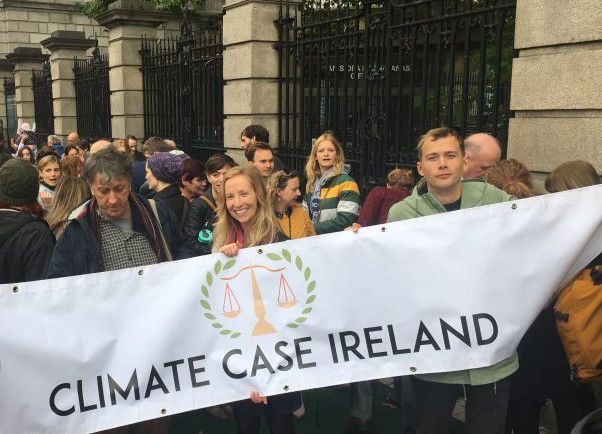Global trends in climate litigation: 2021 snapshot

Download
This is our third report in our Global trends in climate litigation series. The report provides a synthesis of global trends in climate change litigation (or simply ‘climate litigation’), a growing global phenomenon. It updates on known case numbers, metrics and categorisations, and considers some of the most relevant trends in the arguments and strategies employed by litigants. The focus is on cases filed or concluded between May 2020 and May 2021.
The report explores the continued growth in the number of ‘strategic’ cases, considering the use of litigation as a strategy by activists seeking to raise ambition on climate issues, as well as an increasing number of cases that seek to challenge or undermine climate-aligned policymaking. Critical trends in climate litigation against governments and the private sector brought since the Paris Agreement in 2015 are also reviewed and described. A selection of significant recent cases is used to illustrate the discussion.
Key messages
- Climate change litigation continues to grow in importance as a way of either advancing or delaying effective action on climate change.
- Globally, the cumulative number of climate change-related cases has more than doubled since 2015. Just over 800 cases were filed between 1986 and 2014, while over 1,000 cases have been brought in the last six years.
- The number of ‘strategic’ cases is dramatically on the rise. These are cases that aim to bring about some broader societal shift.
- Not all strategic litigation is aligned with climate goals. However, not all strategic cases that are not aligned with climate goals are motivated by an intention to prevent climate action.
- Litigation that is aligned with climate goals is on balance seeing success and there has been a run of important wins in the last 12 months, such as the Milieudefensie v. Shell case.
- The number of cases challenging government inaction or lack of ambition in climate goals and commitments continues to grow, with 37 ‘systemic mitigation’ cases identified around the world.
- Cases are targeting a wider variety of private sector and financial actors and there is more diversity in the arguments being used, for example incorporating themes of greenwashing and fiduciary duty. Businesses need to be aware of litigation risk.
- Three areas to watch in the future are value chain litigation, cases of government support to the fossil fuel industry (e.g. through subsidies or tax relief), and cases focused on the distribution of the burdens associated with action, which may be classed as ‘just transition’ cases.
Data sources
The primary source for the report is the Climate Change Laws of the World (CCLW) database, maintained by the Grantham Research Institute on Climate Change and the Environment, which includes cases filed before courts in 39 countries and 13 international or regional courts or tribunals. CCLW is the largest global dataset of climate change laws, policies, and litigation. This data has been supplemented by the United States Climate Litigation Database, maintained by the Sabin Center for Climate Change Law, to provide aggregated global figures.

